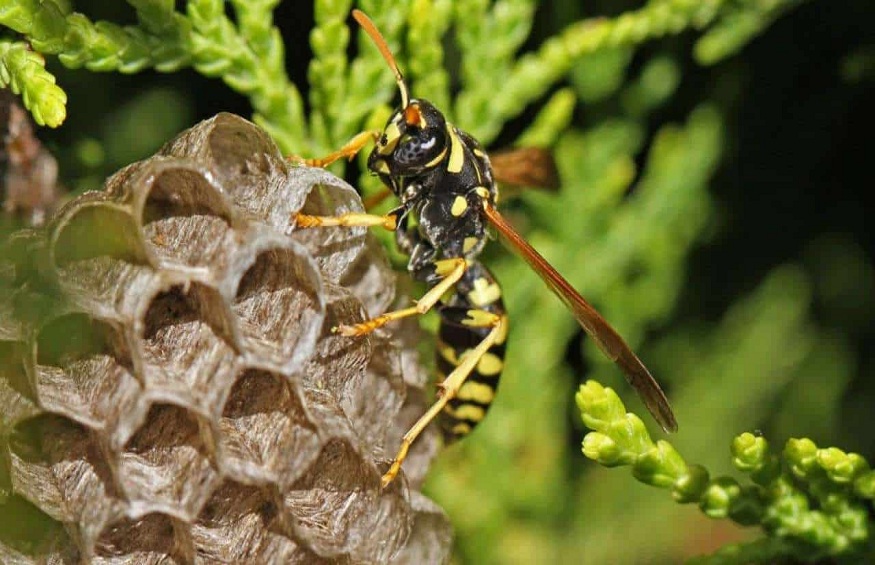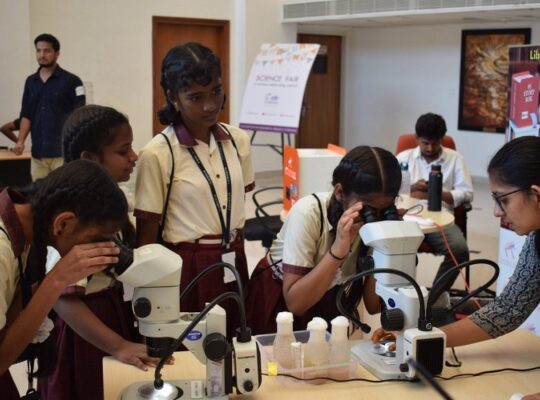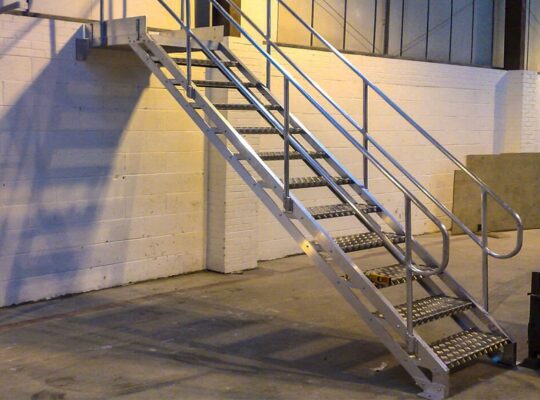Buzzing through the air, flitting from flower to flower, wasps can be a common sight in any garden. While some may find them fascinating creatures, others see them as annoying pests that threaten their peaceful outdoor space. But how do you know if these stinging insects are invading your garden? In this blog post, we will uncover the telltale signs of a wasp infestation and provide you with effective strategies to deal with it.
So grab your gardening gloves, and let’s dive into the buzzing world of wasps!
Wasp Infestation
A wasp infestation in your garden refers to a situation where a significant population of wasps has taken up residence in the outdoor spaces around your home, particularly in the garden area. These infestations can range from small nests to large colonies, depending on the species of wasps and environmental conditions.
Wasps can be a cause for concern due to their potentially aggressive behaviour, especially if they feel their nest is threatened, and their ability to sting, which can pose health risks to humans. Identifying the signs of a wasp infestation is essential for both safety and the preservation of your garden’s ecosystem, as prompt action can help manage the issue and prevent it from escalating.
What Are the Signs of a Wasp Infestation in a Garden?
A wasp infestation in your garden can be quite concerning, but early detection is key to addressing the issue effectively. Here are some signs to look out for:
Increased wasp presence: If you notice a sudden surge in the number of wasps in your garden, it could indicate an infestation. Keep an eye out for an unusually high number of wasps flying around plants, trees, or specific areas.
Wasp nests: Wasps build their nests in various locations, including trees, shrubs, under roof eaves, or even underground. Look for paper-like nests made from wood fibres and saliva. Pay attention to areas where wasps frequently fly in and out, as they may indicate the location of a nest.
Increased activity near food sources: Wasps are attracted to sweet substances and protein-rich foods. If you notice a large number of wasps congregating near outdoor trash cans, compost piles, fallen fruits, or open food containers, it may indicate an infestation nearby.
Distressed or wilting plants: Some species of wasps feed on plant sap, fruits, or nectar, and their feeding activity can lead to damage or stress on plants. If you observe plants showing signs of withering, yellowing leaves, or distorted growth, it is worth investigating if wasps are involved.
Aggressive behaviour: A heightened level of aggression from wasps can be a sign of an established colony nearby. If you notice wasps becoming more territorial, acting defensively, or stinging without provocation, a nest may be nearby.
It’s important to remember that wasps play a crucial role in the ecosystem by controlling other insect populations, so it’s best to consider professional help if you suspect an infestation.
How to Deal With Wasp Infestations?
Wasp infestations can be a nuisance in your garden, but they don’t have to ruin your outdoor experience. If you notice signs of a wasp infestation in your garden, it’s important to take action to prevent the situation from escalating.
First and foremost, identify the location of the nest. Wasps typically build their nests in sheltered areas such as trees, shrubs, or even underground burrows. Once you’ve located the nest, keep a safe distance and avoid any sudden movements that may provoke them.
Consider using natural deterrents like peppermint oil or vinegar to deal with wasp infestations effectively. These substances are known to repel wasps without causing harm to humans or other beneficial insects.
If natural methods prove ineffective or if you’re dealing with a large infestation, it may be necessary to call professional pest control services. They have the expertise and equipment to safely remove the nest and eliminate the wasp problem.
By taking these proactive measures and seeking professional help if necessary, you can ensure that your garden remains an enjoyable space free from pesky wasp intrusions.
How to Eliminate Wasp Infestation?
When dealing with a wasp infestation in your garden, it’s important to take immediate action to eliminate these stinging insects. Here are some effective methods for getting rid of a wasp infestation:
- Locate the Nest: Start by identifying the location of the wasp nest. Look for areas such as trees, bushes, eaves, or under decks where they may be building their nests.
- DIY Traps: You can make your own traps using sweet liquids like fruit juice or soda mixed with dish soap. Place these traps near the nest and wait for the wasps to be attracted to them.
- Professional Pest Control: If you’re dealing with a large or aggressive nest, it’s best to call in professional pest control services. They have the expertise and equipment necessary to safely remove the nest.
- Protective Clothing: When attempting any DIY method, always wear protective clothing, including long sleeves, pants, gloves, and a hat with netting to prevent getting stung.
Remember that safety should always be your top priority when dealing with wasps. It’s crucial not to disturb their nests without proper protection or knowledge of how to eliminate them effectively.
What Are the Safety Precautions to Remove Wasp?
Safety is of utmost importance when dealing with a wasp infestation in your garden. Here are some essential precautions to keep in mind while removing wasps.
First and foremost, it is crucial to wear protective clothing. Cover up as much exposed skin as possible by wearing long sleeves, pants, gloves, and closed-toe shoes. Additionally, consider wearing a hat or head covering for added protection.
When attempting to remove a wasp nest, it is important to do so during the early morning or late evening hours when the wasps are less active. This reduces the risk of being stung and increases your chances of success.
Always approach the nest cautiously and avoid sudden movements that may agitate the insects. Use a flashlight if needed, but be careful not to shine it directly into their eyes as this can provoke an attack.
Remember that safety should always come first when dealing with any kind of pest infestation. Taking proper precautions and seeking professional assistance if necessary can eliminate a wasp problem without putting yourself at unnecessary risk.
Conclusion
It is important to keep an eye out for signs of a wasp infestation in your garden to prevent any harm or damage. By regularly checking for nests, monitoring wasp activity, and taking preventative measures such as sealing food sources and using natural repellents, you can avoid a potential problem with these stinging insects.










